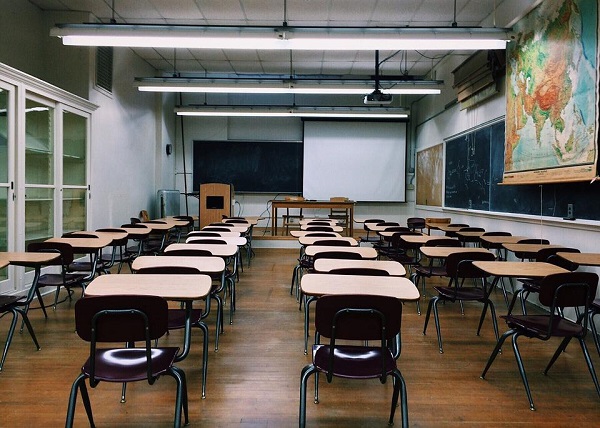ANNAPOLIS, MD—Governor Wes Moore this week announced a $17 million investment to fund energy efficiency and renewable energy projects in public schools across Maryland. The funding, part of the state’s Decarbonizing Public Schools Program, will support 30 projects in 11 school districts aimed at reducing operating costs and cutting carbon emissions.
“Making our schools more energy efficient doesn’t just help us cut carbon, it also saves taxpayers money,” Moore said. He added that the investment is “a win for our schools, a win for our environment, a win for our workers, and a win for fiscal responsibility.”
Projects to advance climate goals
Administered by the Maryland Energy Administration (MEA), the grants are intended to help the state meet the goals of the Climate Solutions Now Act, which aims for Maryland to achieve net-zero greenhouse gas emissions by 2045.
A portion of the funding will go toward building net-zero energy schools, which are designed to generate as much or more renewable energy on-site than they consume annually. These schools can use up to 80% less energy than traditional buildings, potentially saving more than $100,000 in energy costs each year.
Specific projects receiving grants in 2025 include:
- $2.15 million for Pocomoke Elementary School in Worcester County to replace propane cooling systems with electric air handling units.
- $2 million for the Park Heights Academy in Baltimore City to install a ground-source heat pump system and a 550-kilowatt rooftop solar system.
- $1 million for East Salisbury Elementary School in Wicomico County to install a 365-kilowatt rooftop solar system.
- $1.25 million for Corkran Middle School in Anne Arundel County to install new building automation system controls.
- $540,000 for the Cecil County School of Technology to replace two natural gas HVAC systems with electric heat pump systems.
“These new projects reflect our ongoing commitment to climate progress, equity and innovation,” said MEA Director Paul G. Pinsky. “These projects better position our public schools to be resilient and sustainable.”
Photo via Pixabay


